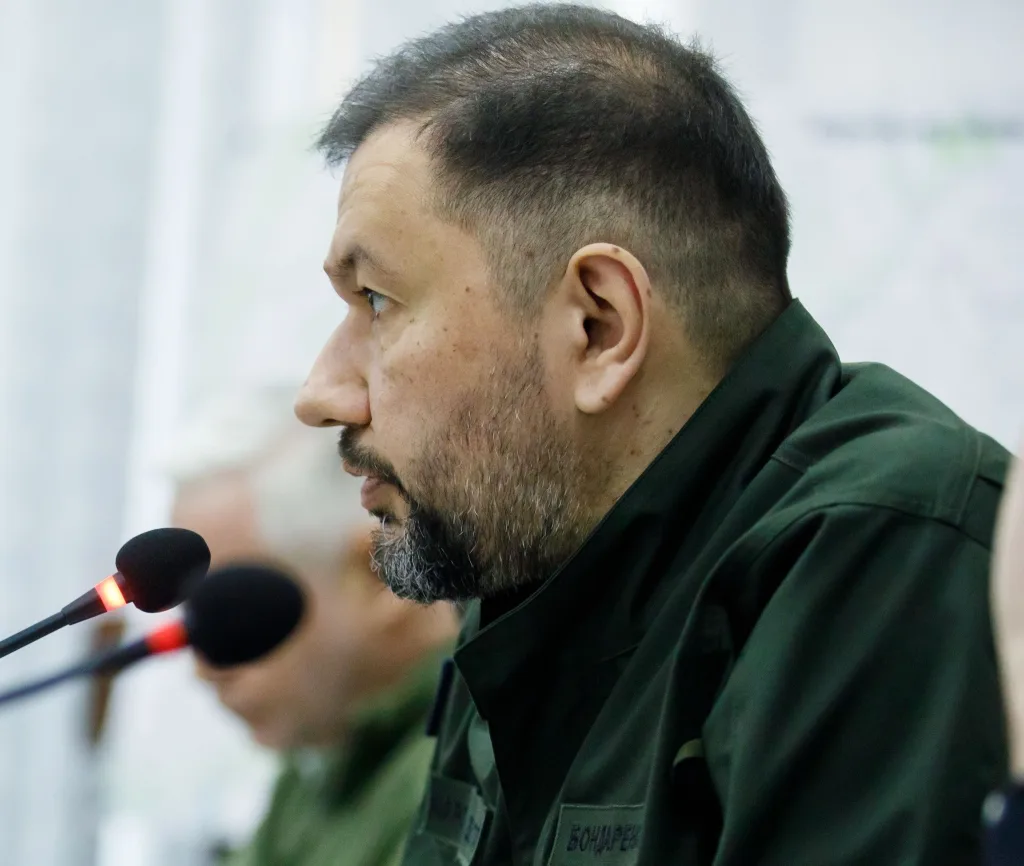The OZON monitoring group from the Center for Civil Liberties inspected shelters in ten cities across Ukraine, including Kyiv. The findings are alarming. Why, in the third year of the full-scale war, are shelters in Ukraine still so inaccessible, and what can be done about it? Experts shared their thoughts during a discussion at the Ukrainian Crisis Media Center.
Read also: Deputy Chief Coordinator of Médecins Sans Frontières in Ukraine Andriy Slavutskyi: Our task is to support access to decent medicine
Shedding fatalism
Oleh Bondarenko, a member of Parliament and chairman of the Committee on Environmental Policy and Nature Management, believes that Ukrainians must first and foremost shed their fatalism. “We all know about the tragedy at the Ohmatdyt hospital. But this tragedy would have been much greater if the doctors and patients hadn’t gone to the shelter. This is an example of a responsible approach to air raid warnings and ensuring the safety of citizens.”
“In conditions where we are constantly under threat, and where a large number of Ukrainians have fled abroad, we must preserve ourselves.”

“For comparison, Finland, which has not been at war since 1945, built a civil protection shelter fund of 130% capacity from 1954 to 2010. This means 100% of the population plus 30% of guests or others can enter the shelters. Moreover, these are not just basic shelters but fully functional ones that can save lives for several hours, even in the case of a nuclear strike.”
“Our first problem is the lack of a sufficient shelter fund. The second problem we face is the poor condition of these shelters. The third issue is the lack of responsibility among the population. The fourth factor is the limited funds for creating and maintaining the shelter fund.”
Read also: A new approach to determining disability in Ukraine: what the Ministry of Health proposes
Corruption is to blame
Leonid Yemets, a Kyiv City Council deputy and head of the temporary control commission on shelter issues, explained what adequate shelter conditions should look like. “From a safety perspective, shelters must function according to scientifically developed standards. Also, people in shelters should feel dignified. This includes, for instance, having access to toilets.”

The Kyiv City Council allocated funds for shelter repairs. However, a year later, it was discovered that some districts spent less than 1% of those funds. “I see corruption as the sole reason for this,” Yemets said.
Read also: Victoria Titova: “A city is not just buildings. It’s about life”
Mentality issues again
Andrii Tkachenko, deputy chairman of the Association of Co-Owners of Apartment Buildings (OSBB) of Desnianskyi District in Kyiv, shared that there are funds, but they are used selectively. For instance, funds are spent on repairing underground parking lots because people pay for them.
“Another issue is the lack of an organization that would give instructions to OSBB and cooperative heads on how they should act. They don’t know where to turn, how to get funds, or how to find contractors.”
“Another issue is the mentality of Ukrainians. This cannot be addressed in a year, or even in ten. During air raids, nobody goes to the shelters. In my building, the shelter is used during power outages. People go there to charge their gadgets. In two years, the portable toilet, which should be replaced every six months, has never been used. Generators are turned on when there’s no power so laptops and gadgets can be charged. Safety concerns are not a priority at all.”
“Today, we must focus on the accessibility of shelters and security. For example, in the Desnianskyi District, most shelters are located in schools. At night, nobody guards them. Therefore, we need to allocate funds in the budget for the shelters to be operational 24/7.”
Read also: Ukraine is on the verge of a climate crisis: heat, droughts, floods and threats to ecosystems
What to do with pets
Finally, Alina Soroka, a lawyer from the UAnimals organization, raised the issue of shelter accessibility for pet owners.
“Currently, a pet owner who brings their animal to a shelter is required to ensure the safety of others and adhere to sanitary and hygiene standards. Dogs of breeds listed as dangerous must wear muzzles. In legal terms, staying in a shelter with pets is allowed. But in practice, this is not always the case. UAnimals, together with the Center for Civil Liberties, monitored 484 shelters in 10 cities across Ukraine. According to the findings, pets are allowed in 172 shelters, forbidden in 17, and information about 295 shelters was unavailable.”

“Usually, when pets are not allowed in shelters, their owners endanger themselves because they don’t want to leave their pets behind. This situation violates constitutional rights and freedoms. According to Article 3 of the Constitution of Ukraine, human life and health are the highest social values.”
“We have developed several ways to address this issue. First, monitoring and checking shelters for quality and accessibility for pets. Second, engaging with shelter managers who do not comply with regulations. These managers may be government bodies, local authorities, municipal enterprises, or private owners. Initially, this could involve dialogue and agreements. If this doesn’t work, the first stage of legal action involves submitting complaints to the shelter managers about pet accessibility. The next legal step, if complaints are ignored, is filing reports to higher state authorities, local governments, and informing them of the managers’ failure to fulfill their duties.”
Read also: Inna Ivanenko: “Patients of Ukrainian hospitals should not have to pay out of their own pockets”



